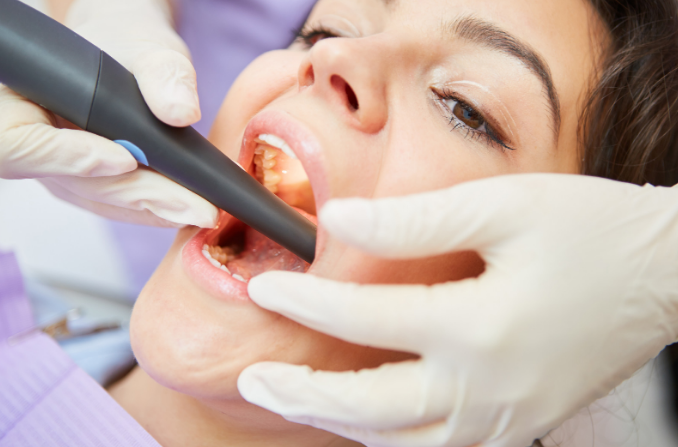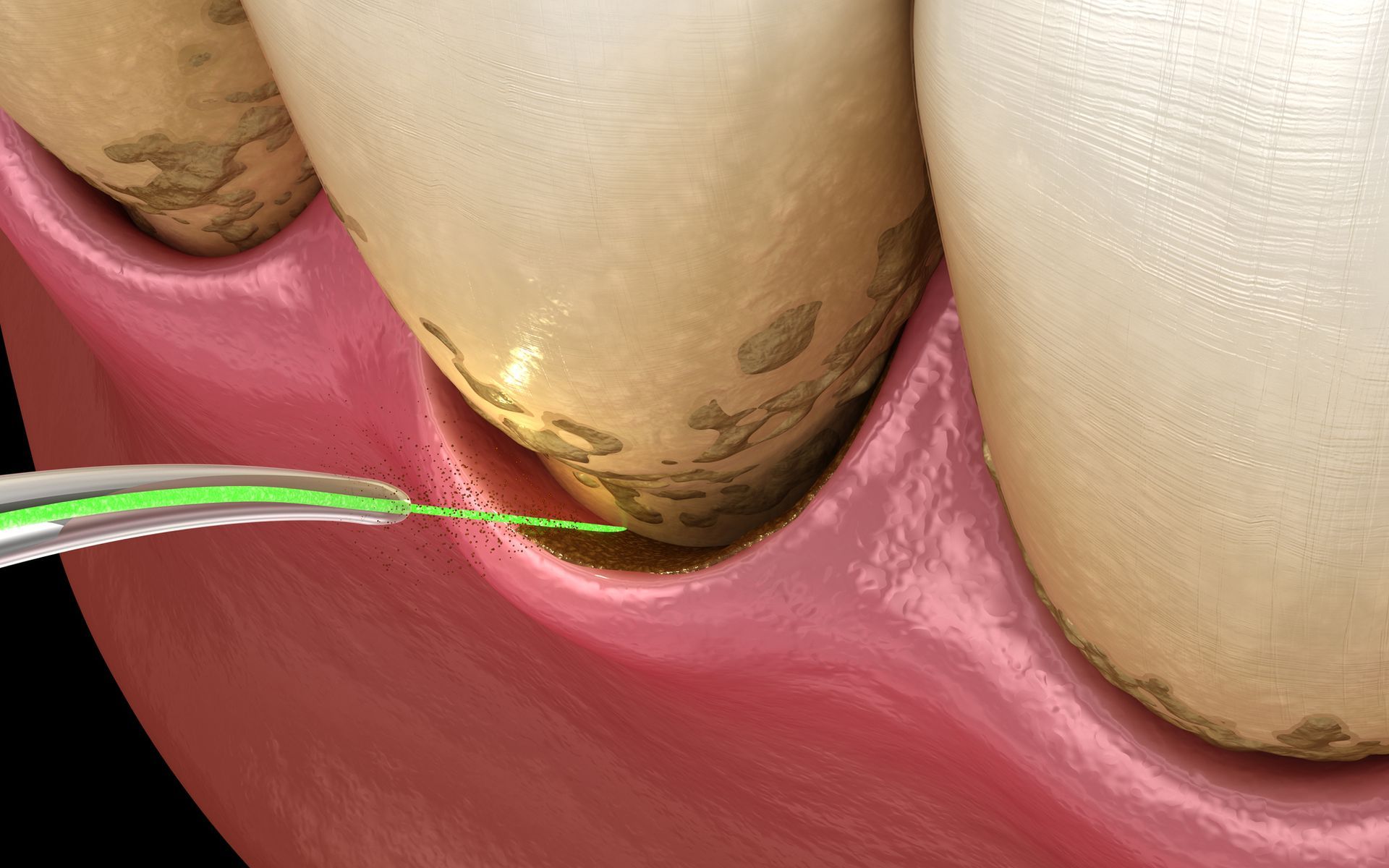5 Common Misconceptions About Traditional Braces in Columbus
When it comes to achieving a beautiful smile, many individuals are considering traditional braces in Columbus as an effective solution. However, despite their popularity, there are several misconceptions surrounding traditional braces that can cause unnecessary hesitation. At Crown Point Dental, we believe in empowering our patients with accurate information. Here, we’ll debunk five common myths about traditional braces that you might encounter.
1. Braces Are Just for Kids and Teens
One of the most pervasive misconceptions about traditional braces is the belief that they are exclusively for children and teenagers. While it’s true that many young people undergo orthodontic treatment, adults can also benefit significantly from traditional braces. In fact, an increasing number of adults are seeking orthodontic solutions to improve their smiles and overall dental health. We understand that the desire for a straight, confident smile knows no age limits. Traditional braces can effectively correct misalignment in adults, making it an option worth considering for anyone looking to enhance their appearance.
2. Braces Are Uncomfortable and Painful
Another myth that often deters individuals from considering traditional braces is the fear of discomfort or pain during the treatment process. While it’s natural to experience some discomfort after having braces placed or adjusted, advancements in orthodontic technology and techniques have made traditional braces more comfortable than ever. Our skilled team prioritizes patient comfort, utilizing tools and methods designed to minimize discomfort. Many patients report that the soreness they feel is manageable and subsides within a few days. Moreover, the long-term benefits of achieving a straighter smile far outweigh any temporary discomfort experienced during the process.
3. Braces Are Only About Aesthetics
While traditional braces are indeed effective at creating a beautiful smile, their benefits extend far beyond aesthetics. Misalignment of teeth can lead to various dental issues, including difficulty in chewing, increased wear on the teeth, and even jaw pain. By opting for traditional braces, you’re not only working towards a straighter smile but also improving your overall dental health. Properly aligned teeth can lead to better oral hygiene, reduced risk of cavities, and improved function of the bite. We emphasize the importance of both the aesthetic and functional benefits that come with traditional braces.
4. Treatment Takes Too Long
Many individuals hesitate to pursue orthodontic treatment because they believe it will require a significant amount of time. While it’s true that the duration of orthodontic treatment can vary based on individual needs, many patients are surprised to learn that traditional braces can achieve desired results in a relatively short period. On average, treatment with traditional braces can take anywhere from 18 months to 3 years, depending on the complexity of the case. Our dental team will work closely with you to develop a personalized treatment plan that outlines the expected timeline for your specific needs. Knowing that your journey to a straighter smile can be completed within a reasonable timeframe can make the decision to pursue treatment much easier.
5. Braces Are Only for Severe Cases of Misalignment
Another common misconception is that traditional braces are only necessary for severe cases of misalignment. While braces are certainly effective for correcting significant orthodontic issues, they can also address minor misalignments and cosmetic concerns. Many patients seek traditional braces to correct small gaps or teeth that are slightly rotated, which can enhance their overall smile. We take the time to assess each patient’s unique dental situation, ensuring that we recommend the most appropriate treatment, whether it’s traditional braces or another orthodontic solution. The key is to consult with a dental professional who can guide you through the options available to you.
Understanding the Importance of Informative Consultations
Addressing these misconceptions about traditional braces in Columbus is essential for anyone considering orthodontic treatment. At Crown Point Dental, we believe in the power of informed decision-making. Our experienced team is here to answer any questions you may have and dispel any myths that might be holding you back from achieving your ideal smile. We encourage potential patients to schedule a consultation where we can provide personalized insights and recommendations based on your unique dental situation.
As you embark on your journey toward a healthier, more confident smile, remember that traditional braces can be a transformative experience, regardless of age, discomfort, or perceived severity of misalignment. With the right information and support, you can take the first step toward achieving the smile of your dreams.
Whether you’re a parent considering braces for your child or an adult contemplating treatment for yourself, we invite you to explore the benefits of traditional braces. At Crown Point Dental, we are dedicated to providing comprehensive cosmetic and restorative dentistry services, ensuring that every patient receives the highest level of care in a comfortable and welcoming environment.
To learn more about traditional braces and how they can benefit you, contact us today to schedule an appointment. We look forward to helping you achieve the smile you’ve always wanted!
Frequently Asked Questions:
1. Are traditional braces only for children and teenagers?
No, traditional braces are suitable for patients of all ages. While many younger individuals opt for braces, an increasing number of adults are seeking orthodontic treatment to improve both their smile and overall dental health. It's never too late to achieve the straight teeth you've always wanted.
2. Do traditional braces hurt?
While some discomfort is expected after the placement of braces or after adjustments, advancements in orthodontic techniques have made braces more comfortable than ever. The discomfort is usually mild and subsides within a few days. The long-term benefits of achieving a straighter smile far outweigh any temporary discomfort.
3. Are traditional braces only for cosmetic reasons?
No, traditional braces do much more than just improve the appearance of your smile. They can help correct misalignments that can lead to dental issues such as difficulty chewing, jaw pain, and increased risk of cavities. Properly aligned teeth can also improve oral hygiene and overall dental health.
4. How long does treatment with traditional braces take?
The duration of treatment varies depending on the complexity of the misalignment. On average, traditional braces take between 18 months and 3 years to achieve desired results. During your consultation, we’ll develop a personalized treatment plan that outlines the expected timeline for your specific case.
5. Are traditional braces only needed for severe dental issues?
No, traditional braces can also correct minor misalignments, such as small gaps or slightly rotated teeth. They are a versatile option, whether you have minor cosmetic concerns or more significant orthodontic issues. It's important to consult with a dental professional who can assess your individual situation and recommend the best treatment for you.
6. Can I choose between braces and other orthodontic options?
Yes, there are various orthodontic options available, including clear aligners and other types of braces. Your dentist will help determine the best treatment for your specific needs and preferences. During your consultation, we'll discuss all available options to ensure you make an informed decision.
7. How do I know if traditional braces are right for me?
The best way to determine if traditional braces are right for you is to schedule a consultation with an orthodontist. They will assess your dental health, discuss your goals, and recommend the most appropriate treatment option based on your needs. At Crown Point Dental, we’re here to guide you through the process and answer any questions you may have.
8. How often will I need to visit the dentist while wearing traditional braces?
Typically, patients with traditional braces need to visit the dentist every 4-8 weeks for adjustments. These visits are necessary to ensure your treatment is progressing as planned and to make any needed modifications to the braces.
9. Will traditional braces affect my daily activities?
While there may be a brief adjustment period after getting braces, most patients are able to continue with their normal daily activities. Some patients may experience minor discomfort when eating certain foods, but with proper care and following your dentist's instructions, you should be able to resume your regular routine without significant disruption.
10. How do I take care of my braces?
Proper care of your traditional braces includes brushing your teeth after every meal, avoiding sticky or hard foods that can damage the braces, and using floss or interdental brushes to clean between your teeth. Regular visits to the dentist will also ensure that your braces are in good condition throughout the treatment process.









